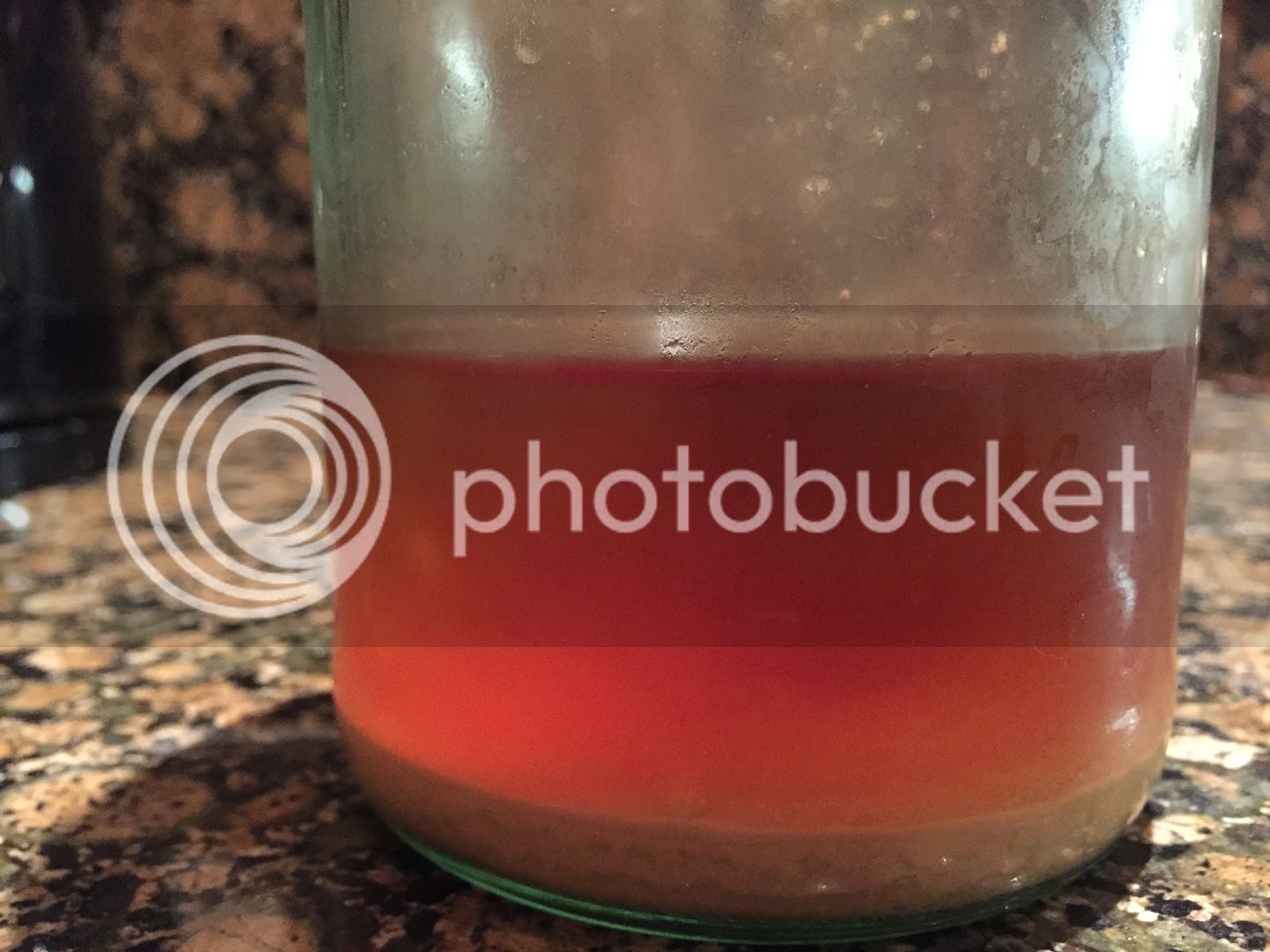mirsultankhan
Landlord.
I don't like Brewers Fiend yeast calc as I find it far to conservative, at least for dried yeast -it tells you to pitch, very obviously, far more yeast than you need.
Its quite interesting. I read only last week the criteria that provides the parameters for their calculation and it seems to be based upon professional brewers rather than the recommended pitch rate of yeast manufacturers.
A popular study done by George Fix concluded a rate of 0.75 million cells / ml / degree Plato is appropriate for ales, and double that for lagers. Other popular brewing tools use this number, though some opt for 1.0 instead of 0.75.
Lagers require about twice the pitch rate of ales, since they ferment at lower temperatures.
Pro brewers pitch at a higher rate to mitigate risk of infection, ferment quickly, and ensure a consistent product. Serious home brewers who want to get excellent beer pitch at higher rates too.
Our analysis indicates that at present, the liquid yeast manufacturers like White Labs and Wyeast give home brewers just barely enough yeast cells to get by for a typical batch of Ale. They say one pack or vial is enough for 5 gallons of wort at 1.060 and contains approximately 100 billion cells. This comes out to a pitch rate of 0.35 million cells per milliliter per degree plato. This is half the rate of what pro brewerââ¬â¢s use.
Why the low pitch rate from the manufacturers?
In their defense, the product does contain extremely healthy first generation yeast. One justification might be that the 0.75 rate really applies to pro brewers ââ¬â who repitch. That re-pitched yeast contains some trub, dead yeast, and other junk, so the 0.75 rate is not as pure as the 0.35 manufacturerââ¬â¢s rate. Repithched yeast canââ¬â¢t be 50% gunk, probably closer to just 10% after washing.
To make matters worse with liquid yeast for home brewers, the overall viability drops as time passes. Liquid yeast viability drops 21% each month, or 0.7% each day, from the date of manufacture. So in about 5 months, that pack is pretty much dead. I only buy yeast manufactured in the last 4 weeks at my local home brew store, and I use it as soon as possible. Lesson here: only use the freshest liquid yeast, and get ready to learn how to make yeast starters if you want to use liquid yeastââ¬Â¦
What pitch rate makes sense for the home brewer?
We asked a gold medal winning brewer and home brew store owner about this. He says he would never pitch at a rate of 0.35, and makes a starter for anything above 1.040 for a 5 gallon batch. We are convinced as well, though we realize making starters is not always an option for everybody. In our yeast pitch and starter calculator, we left it open so you can choose, or at least see what the manufacturers recommend vs the pros.













![BREWING THERMOMETER STICKERS ACCURATELY MONITOR FERMENTING BEER & WINE LIQUID TEMPERATURES 5PCS HOME BREW SPIRITS WINE LCD ADHESIVE [US]](https://m.media-amazon.com/images/I/311DDjo2X3L._SL500_.jpg)





























